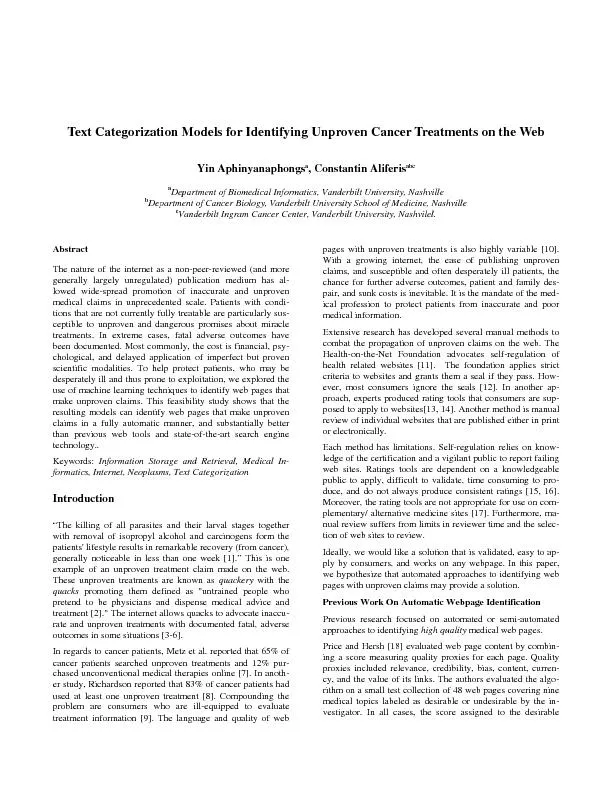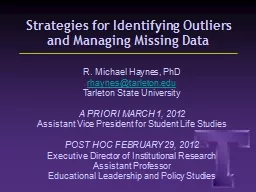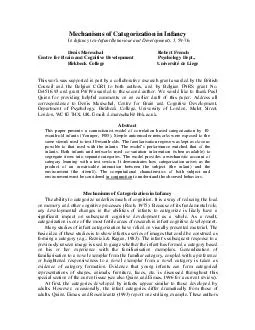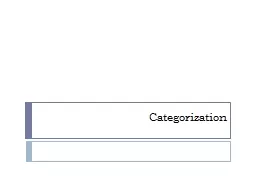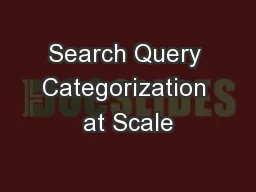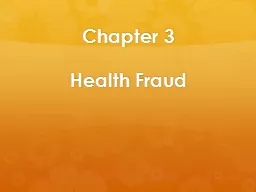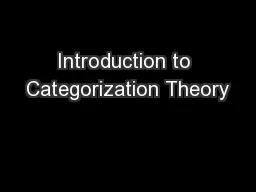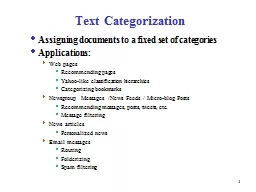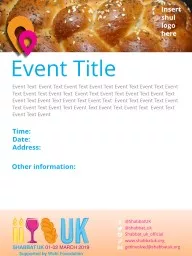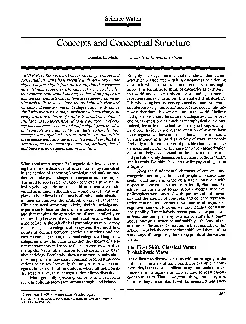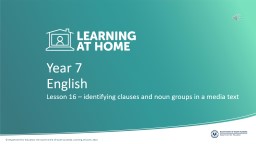PDF-Text Categorization Models for Identifying Unproven Cancer Treatments
Author : pamella-moone | Published Date : 2016-08-19
pages was higher than the scores assigned to undesirable pagEven though the algorithm perfectly discriminated between desirable and undesirable webpages several
Presentation Embed Code
Download Presentation
Download Presentation The PPT/PDF document "Text Categorization Models for Identifyi..." is the property of its rightful owner. Permission is granted to download and print the materials on this website for personal, non-commercial use only, and to display it on your personal computer provided you do not modify the materials and that you retain all copyright notices contained in the materials. By downloading content from our website, you accept the terms of this agreement.
Text Categorization Models for Identifying Unproven Cancer Treatments: Transcript
Download Rules Of Document
"Text Categorization Models for Identifying Unproven Cancer Treatments"The content belongs to its owner. You may download and print it for personal use, without modification, and keep all copyright notices. By downloading, you agree to these terms.
Related Documents

